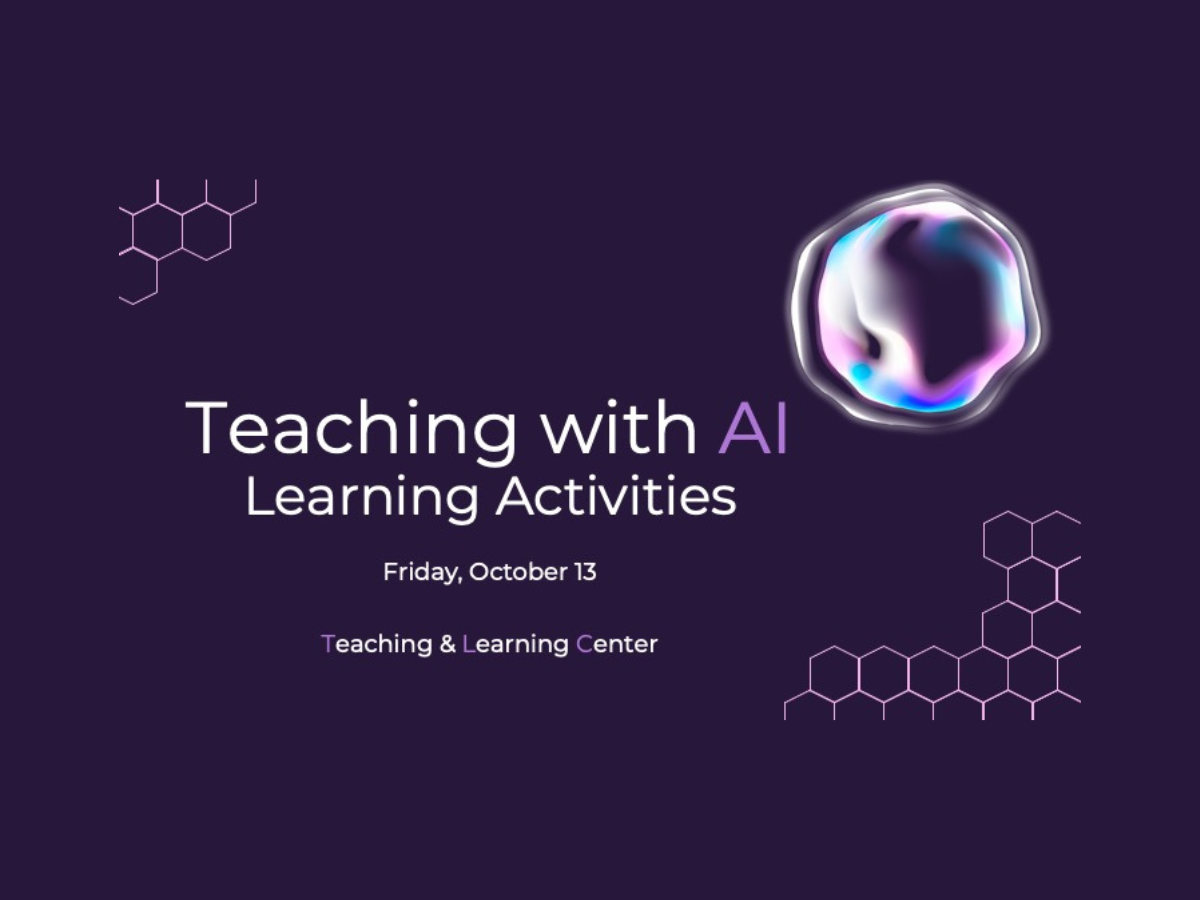Held on Friday, October 13 from 10:00 am to 11:00 am.
Here is the recording:
We used the new ZOOM AI Meeting Summary tool to generate the following recap of the webinar:
AI: Curiosity, Optimism, Concern
The attendees were asked to share their top three feelings about AI, with the results showing that most participants were curious, optimistic, and concerned. Attendees were asked if they had used generative AI tools for more than 15 minutes, with 10 attendees stating they hadn’t and 9 stating they had. Lastly, Tom Pantazes asked if attendees had used generative AI tools for more than an hour, with 6 attendees stating they had.
AI Tool Adobe Firefly: Generating Imagery and Managing Fear
Next Tom demonstrated an AI tool called Adobe Firefly, highlighting the potential uses for generating imagery for presentations or sharing visual content. He showed how the tool can be used to generate text-based items based on descriptions input by the user, and how it can be used to generate different designs and images based on prompts given by the user. Pantazes, also emphasized the importance of engaging with these tools to better understand and manage any fears or uncertainties they may initially provoke.
Integrating AI in Learning: A Discussion
Tom then discussed the integration of Artificial Intelligence (AI) in learning activities, emphasizing its potential to enhance higher-order thinking skills. He initiated a discussion about incorporating AI tools into teaching practices, highlighting the importance of students understanding the structural basics and key content areas of their discipline, as well as knowing the nuanced vocabulary of their discipline to effectively use AI tools. Then Tom discussed the importance of teaching research tools and decision-making tools specific to each discipline. Participants shared learning activities they use in their courses, such as peer review, debate activities, physical assessment skills, small group work, and creating and revising examples. The conversation then shifted to reflecting on the value of these activities, with questions posed about why they matter and what students gain from them.
AI’s Impact on Student Learning: Discussed by Pantazes
Tom led a discussion about the potential impact of AI on student learning activities. Participants considered how the use of AI might disrupt or enhance these activities, with some noting that hands-on demonstrations and face-to-face interactions might be less affected by AI. However, there was agreement that the impact of AI on writing assignments could be significant, and there was a warning about the difficulty of detecting AI-generated writing. The group also acknowledged that the impact of AI would vary depending on the context and the specific teaching activities.
Exploring AI’s Role in Enhancing Education
Tom discussed the potential uses of AI in an educational setting. He suggested that students could use AI as a tool to generate study guides or as a simulator to pose scenarios for them to apply their skills. He emphasized that in both cases, the students are still actively engaged in the learning process. Also, he suggested that AI could provide feedback on student work, act as a mentor, or prompt students to think metacognitively. The use of AI in grading was also considered, where students would grade an AI-generated response to a scenario. The participants agreed that these AI-enabled activities could enhance the learning process.
Exploring AI’s Role in Education
Tom discussed the potential benefits and drawbacks of using AI in educational activities. He suggested that students could compare their work to that of an AI, forcing them to engage in critical analysis and evaluation. He noted that AI could generate fake citations, highlighting the importance of teaching students to scrutinize AI output. He also proposed using AI to generate personalized learning plans for students, and to use AI in debates and philosophical contexts. Tom ended by suggesting that students could use AI to generate slides and then review and improve them, with a focus on understanding why improvements were necessary.
AI in Writing Courses: Challenges and Potential Benefits
Merry Perry and Tom Pantazes discussed the challenges of using AI in teaching writing courses, with concerns about potential errors and false information generated by AI. Tom suggested students could work in groups to create study guides and learn to analyze and critique AI-generated content. However, the accuracy of such content was acknowledged to be challenging to predict. Gopal Sankaran expressed concerns about students creating suboptimal questions and the need for a process to ensure accuracy. Janneken Smucker proposed a process check as part of the writing process to engage critical thinking. Tom agreed that student accountability for AI-generated content accuracy was necessary, but Cheryl Schlamb raised concerns about the burden on faculty. Despite these challenges, Tom concluded that the potential benefits of the tool in enhancing critical thinking and accelerating study processes were promising.

